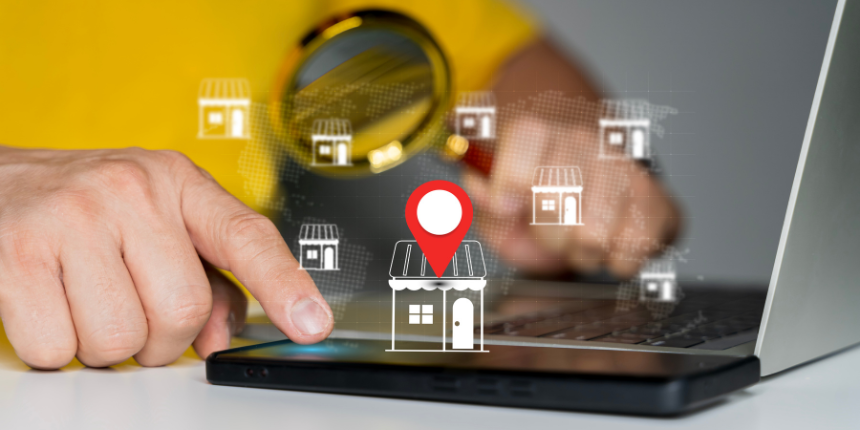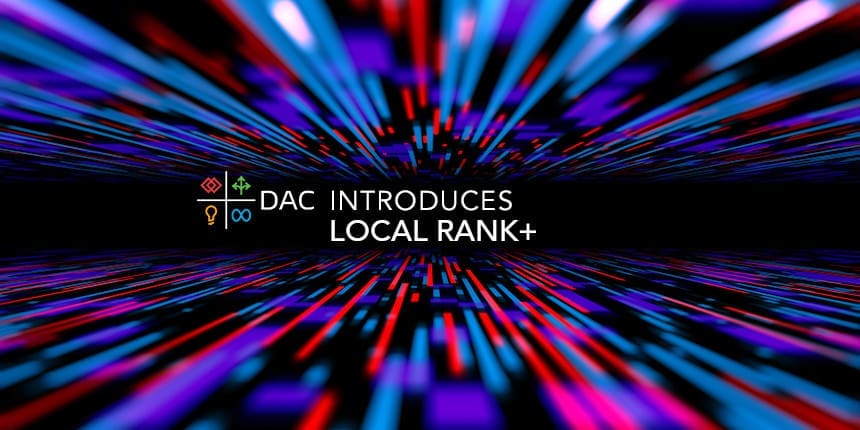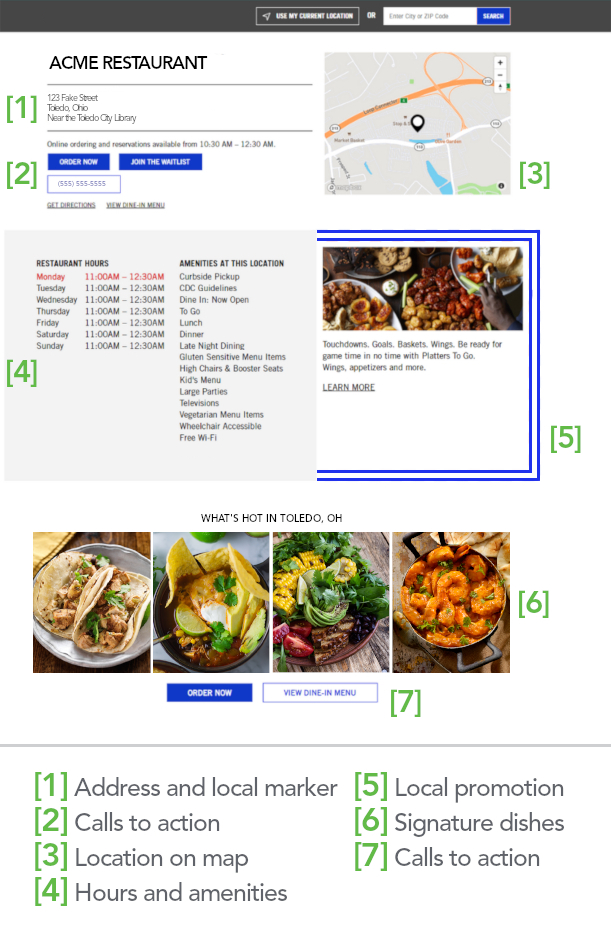
Maximize your local presence through strategic location management.

As businesses continue to navigate regional re-openings, lockdowns, and capacity limits, they are understandably focusing on adapting their physical stores to offer the best customer experience possible. The very same customers are planning their trips in greater detail—either to limit their risks or simply avoid wasting their time—which means it’s never been more important for local businesses to provide all the necessary information online.
That, of course, is easier said than done across countless channels. Whether it’s a smartphone user looking up opening hours on Google Maps or a family researching local restaurant deliveries, active and passive interactions with a business’s local online presence are often the most important touch points in the journey to purchase. So, how do you make sure that everything goes well?
The first step is to organize your local information. It’s a relatively straightforward task for one-off businesses, but things become considerably more complex for large, multi-location brands. That’s why we recommend working with a partner that not only owns the technology to take the heavy lifting out of local listings management, but can also proactively manage your local presence to maximize visibility, performance, and growth.

Once your information is properly managed and distributed, local audiences are easily able to find what they need from you, especially in maps channels. But remember that these environments are highly interactive, offering various ways to communicate with users beyond opening hours, phone numbers, and street addresses. With more options available with every passing month—click to call, review responses, imagery, Google Posts, direct messaging—marketers need to decide what kind of information should be presented upfront without requiring a click-through to a website.
Ultimately, it’s a case of finding the right balance between owned content on your site and earned content on the SERP—and you can be sure that the scales will tip towards the latter over time.
A store locator, with pages for each location, represents one of the many entry points on a website, making it an introduction to your brand. This traffic is highly relevant because it comes from two major axes: local search in Google (or any other search engine) or a search in a map environment. In these two cases, user behavior likely indicates intent to purchase. After all, 88% of consumers who make a local search on their mobile device visit a location based on their search in the following seven days.
Of course, a good location page should not only offer basic information but continuity in the consumer journey to increase the likelihood of a conversion. In recent years, we have developed and optimized a store locator experience for a major restaurant chain. This undertaking included an overhaul of the approach to local SEO, website content, UX, and design, as well as the measurement and analytics strategy. The goal was to create an optimal experience for search engines and end users alike. As such, our location pages dynamically update according to each user’s origin.

Each location page offers the technical elements required for good SEO visibility, such as contact information, meta data, and schema markup. But there’s also information relevant to the user, including: a map for direction; call-to-action buttons to order online or over the phone; an array of promotions, rebates, and local specialties; and comments from other users.
The ultimate objective was to build the most relevant experience possible for the user so that their visit translates into a conversion—either digital or physical, but always local. In less than two months, we increased organic clicks to local pages by 61% and drove a 23% surge in online orders.
Subscribe to our monthly newsletter.
If we take the process to its next iteration—and start to build a true omnichannel strategy—we could leverage first-party data to maximize relevance for the user.
Ideally, the location page should be able to take all of these factors into account to offer a truly seamless experience. Never again would users be presented with ineligible offers, such as a 10% discount for subscribing to a newsletter they already receive…
From local search fundamentals to dynamic location pages to fully fledged omnichannel strategies, our unique Enterprise-to-Local approach is proven to drive transformational growth. Want to know more? Let’s talk.
Maximize your local presence through strategic location management.
Maximize your local presence through strategic location management.
Subscribe to our monthly newsletter.